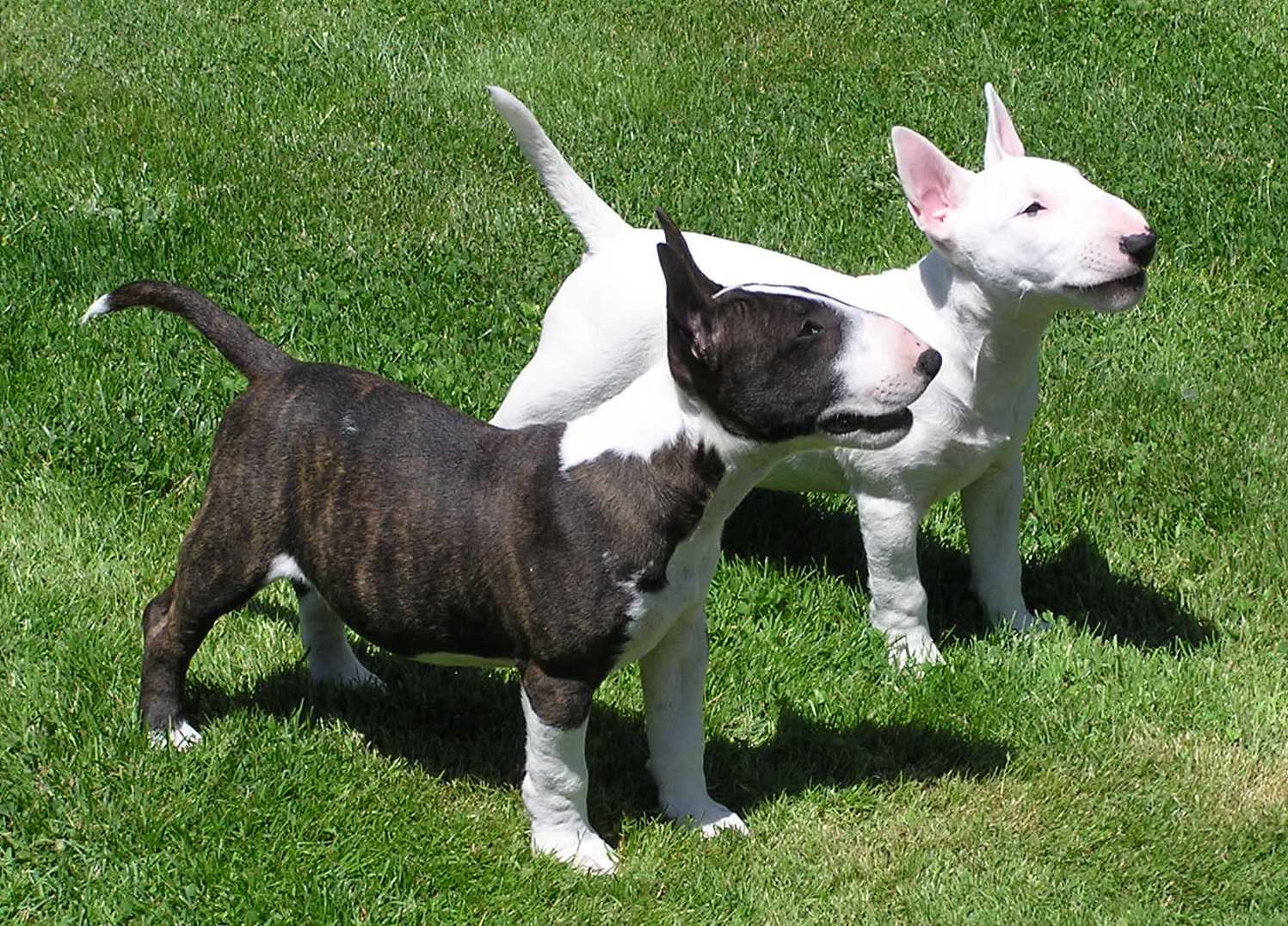
The only difference is that atypical Yorkshire Terriers should not intentionally be bred.

The saddle is missing due to the recessive gene for red on the extension locus (see Dog coat genetics).Īdult Yorkshire Terriers whose coat colours deviate from the standard, or that have woolly or extra fine coats, are still Yorkshire Terriers. Golden Yorkie, judged as miscolour in normal Yorkshire breeding. The fine, straight, silky coat is considered hypoallergenic. Also, in adult dogs there should be no black hairs intermingled with any of the tan-coloured fur. On the head, high chest and legs, the hair should be a bright, rich tan, darker at the roots than in the middle, that shades into a lighter tan at the tips, but not for all dogs. įrom the back of the neck to the base of the tail, the coat should be a dark grey to a black colour, and the hair on the tail should be a darker black.

The hair of the Yorkshire Terrier can be used to determine content of metals in the dog organism. Traditionally the coat is grown out very long and is parted down the middle of the back, but "must never impede movement.". According to The Kennel Club (UK), the hair must be glossy, fine, straight, and silky. Coat įor adult Yorkshire Terriers, The American Kennel Club places importance on coat colour, quality, and texture.

The AKC ranked the Yorkshire Terrier as the 6th most popular purebred in the United States in 20. Smoky, a Yorkshire Terrier and famous war dog from World War II, is credited with beginning a renewal of interest in the breed. The breed's popularity dipped in the 1940s, when the percentage of small breed dogs registered fell to an all-time low of 18% of total registrations. During the Victorian era, the Yorkshire Terrier was a popular pet, and show dog in England, and as Americans embraced Victorian customs, so too did they embrace the Yorkshire Terrier. The Yorkshire Terrier was introduced in North America in 1872 and the first Yorkshire Terrier was registered with the American Kennel Club (AKC) in 1885. He is still referred to as "father of the breed." In North America Huddersfield Ben was a Yorkshire Terrier whose portrait was painted by George Earl and in 1891 an authority on the breed wrote, "Huddersfield Ben was the best stud dog of his breed during his lifetime, and one of the most remarkable dogs of any pet breed that ever lived and most of the show specimens of the present day have one or more crosses of his blood in their pedigree." A show winner, Huddersfield Ben, through his puppies, helped define the Yorkshire Terrier breed. But in the late 1860s, a popular Paisley-type Yorkshire Terrier show dog named Huddersfield Ben, owned by a woman living in Yorkshire, Mary Ann Foster, was seen at dog shows throughout Great Britain, and defined the breed type for the Yorkshire Terrier. In the early days of the breed, "almost anything in the shape of a Terrier having a long coat with blue on the body and fawn or silver coloured head and legs, with tail docked and ears trimmed, was received and admired as a Yorkshire Terrier". Hugh Dalziel, writing in 1878, says that "the classification of these dogs at shows and in the Kennel Club Stud Book is confusing and absurd" in lumping together these different types. "They were all originally bred from Scotch Terriers (meaning dogs from Scotland, not today's Scottish Terrier) and shown as such the name Yorkshire Terrier was given to them on account of their being improved so much in Yorkshire." Yorkshire Terriers were shown in a dog show category (class) at the time called "Rough and Broken-coated, Broken-haired Scotch and Yorkshire Terriers". Some authorities believed that the Maltese was used as well. The Paisley Terrier, a smaller version of the Skye Terrier that was bred for a beautiful long silky coat, also figured into the early dogs. The breed comes from two distinct dogs, a male named Old Crab, a female named Kitty, and another female whose name is not known. Foster is quoted as saying in 1886, "If we consider that the mill operatives who originated the breed were nearly all ignorant men, unaccustomed to imparting information for public use, we may see some reason why reliable facts have not been easily attained."

Breeding of the Yorkshire terrier was "principally accomplished by the people-mostly operatives in cotton and woollen mills-in the counties of Yorkshire and Lancashire." In the 1800s, miners wanting to develop a ratting terrier, bred Black-and-Tan Terriers with the Paisley and Clydesdale Terriers. In the mid-19th century, workers from Scotland came to Yorkshire in search of work and brought with them several varieties of terrier. The Yorkshire Terrier originated in Yorkshire. A painting from the 19th century depicting a Yorkshire-like terrier by Ernest Gustave Girardot


 0 kommentar(er)
0 kommentar(er)
